Blog Detail
Table of Contents

3 Risks Electronics Exporters Must Know About the 12-State Lawsuit Against Trump’s Tariff Policies
- Sophia
- Apr 28, 2025
- 4 Comments
Core Legal Controversy: Abuse of the IEEPA Act
Lawsuit challenges Trump tariffs, saying he has overstepped constitutional authority. The 12-state coalition, led by New York and California, argues that President Trump’s use of the International Emergency Economic Powers Act (IEEPA)to impose tariffs violates constitutional principles. Historically, the IEEPA was designed to address national security emergencies, such as wartime threats or terrorism—not routine trade deficits . The lawsuit highlights three critical risks for exporters:
- Unconstitutional Expansion: The Trump administration declared a "national emergency" over trade imbalances, bypassing Congress’s exclusive authority to regulate tariffs under Article I of the Constitution. This sets a dangerous precedent for unilateral executive actions.
- Legal Uncertainty: The IEEPA has never been used to justify broad tariffs, and courts may rule against the administration, causing abrupt policy reversals. For example, tariffs on Chinese electronics (up to 145%) could be invalidated, disrupting supply chains.
- Global Retaliation: The EU and China have already imposed retaliatory tariffs (e.g., 130% on Boeing aircraft, 150% on U.S. soybeans), escalating trade wars that harm exporters.
Strategic Warnings for Electronics Exporters
Risk 1: Policy Volatility and Cost Surges
Trump’s tariffs have already triggered a 9.7% decline in manufacturing output across the 12 litigating states, with companies like Ford halting factory expansions due to 25% auto tariffs. For exporters, this means:
- Dynamic Pricing Models: Adopt flexible pricing strategies like Retekess’s tariff-adjusted pricing, which uses real-time customs data to absorb cost fluctuations. For example, Retekess wireless conference systems adjust margins based on tariff-driven component cost changes.
- Diversified Sourcing: Reduce dependency on tariff-impacted regions. Retekess shifted 30% of its microphone production to Vietnam post-tariff, cutting costs by 18%.
Risk 2: Legal Compliance Pitfalls
Misclassified customs codes or incomplete certifications can trigger penalties. A 2025 case saw a U.S. importer fined $2.3 million for mislabeling Chinese-made routers as "network accessories". Mitigate risks by:
- Precision HS Code Classification: Use AI tools to align products like Retekess’s TD-156 tour guide systems (HS 8518.29) with compliant categories.
- Certification Readiness: Ensure products meet FCC/CE standards(e.g., Retekess TT106 transmitters comply with FCC Part 15 and CE RED Directive), which may exempt them from retaliatory tariffs under "essential technology" clauses.
Risk 3: Supply Chain Disruptions
The 12-state lawsuit could delay shipments if courts freeze tariff collections. Proactive steps include:
- Inventory Buffering: Stockpile critical components—Retekess maintains a 90-day reserve of DSP chips for its noise-canceling devices.
- Contract Clauses: Add force majeure terms to address tariff-related delays, as seen in Retekess’s supplier agreements.
Retekess Solutions: Compliance as Competitive Advantage
FCC/CE-Certified Conference Systems
Retekess’s T130P wireless conference system exemplifies adaptability:
-Dual Certification: FCC ID (2AB9U-T130P) and CE (EMC/LVD/RED) ensure global market access, reducing tariff exposure.
- Policy-Responsive Design: Modular components allow rapid reconfiguration to comply with regional regulations (e.g., swapping power modules for EU voltage standards).
Conclusion: Proactive Measures for 2025
The 12-state lawsuit underscores the fragility of Trump’s tariff regime. Exporters must:
1. Monitor court rulings
2. Invest in compliance tech (FCC/CE audits, AI-driven HS code tools).

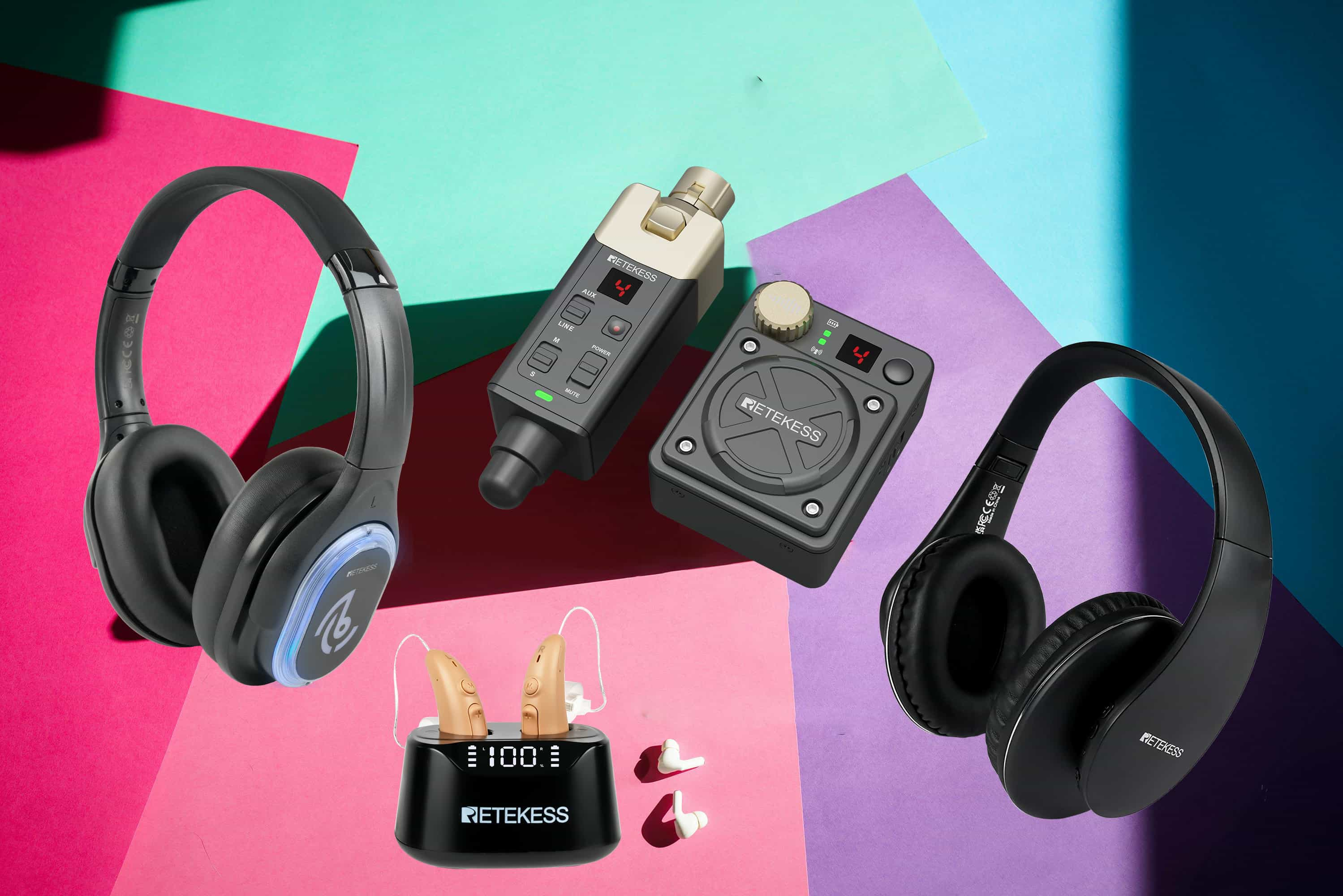
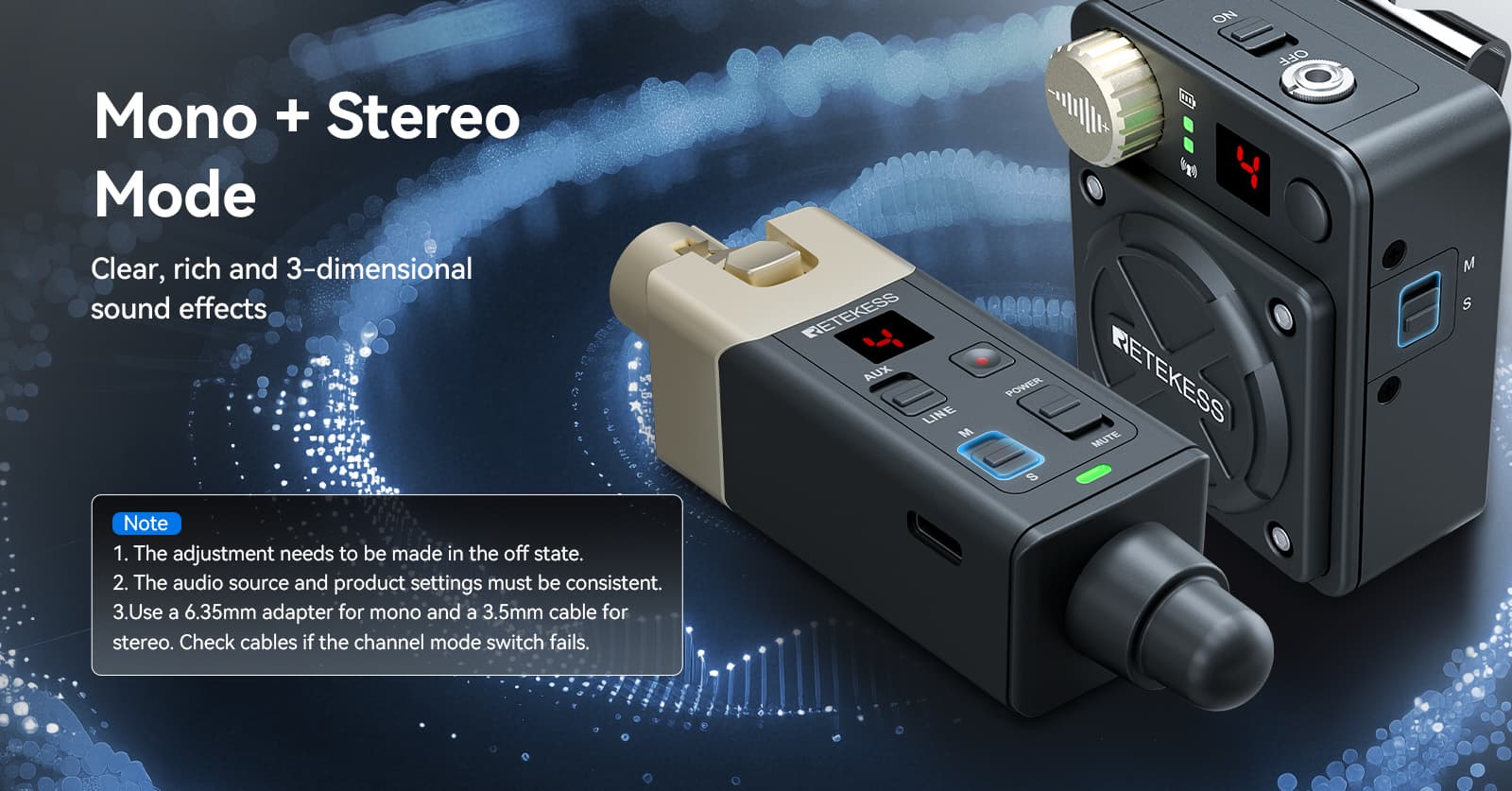



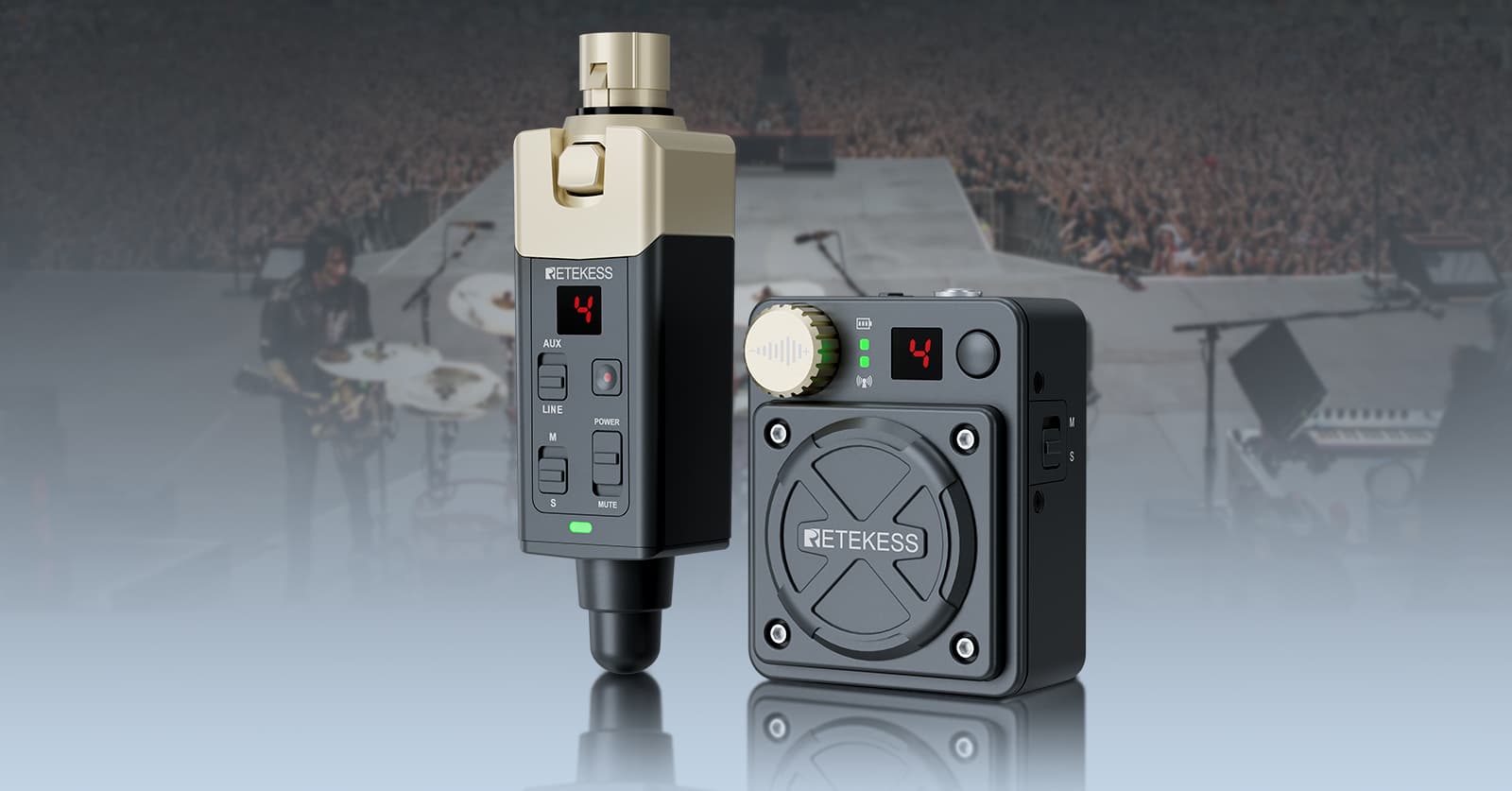
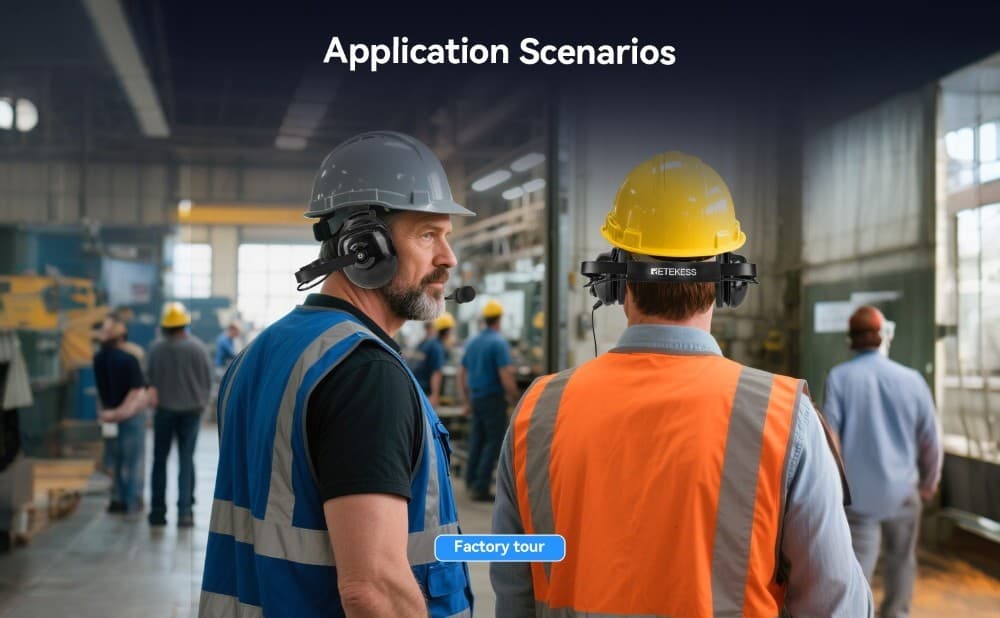








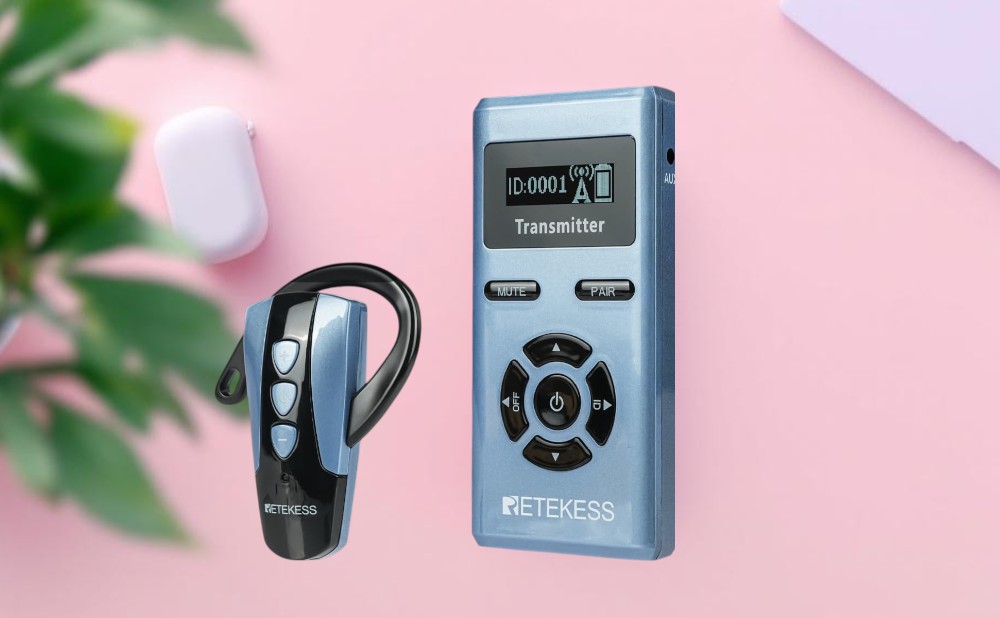
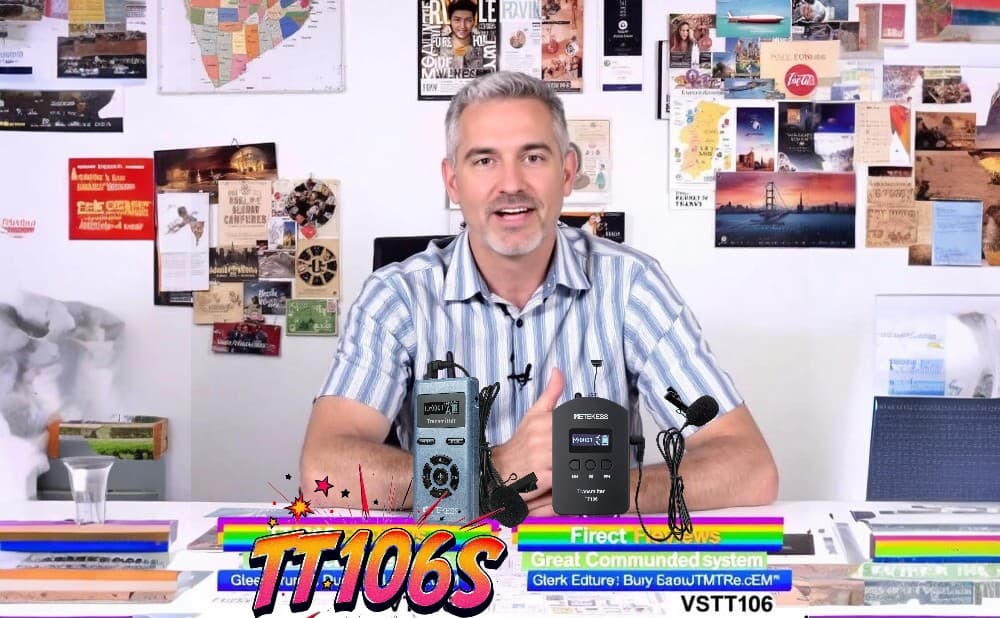




Comments (4)